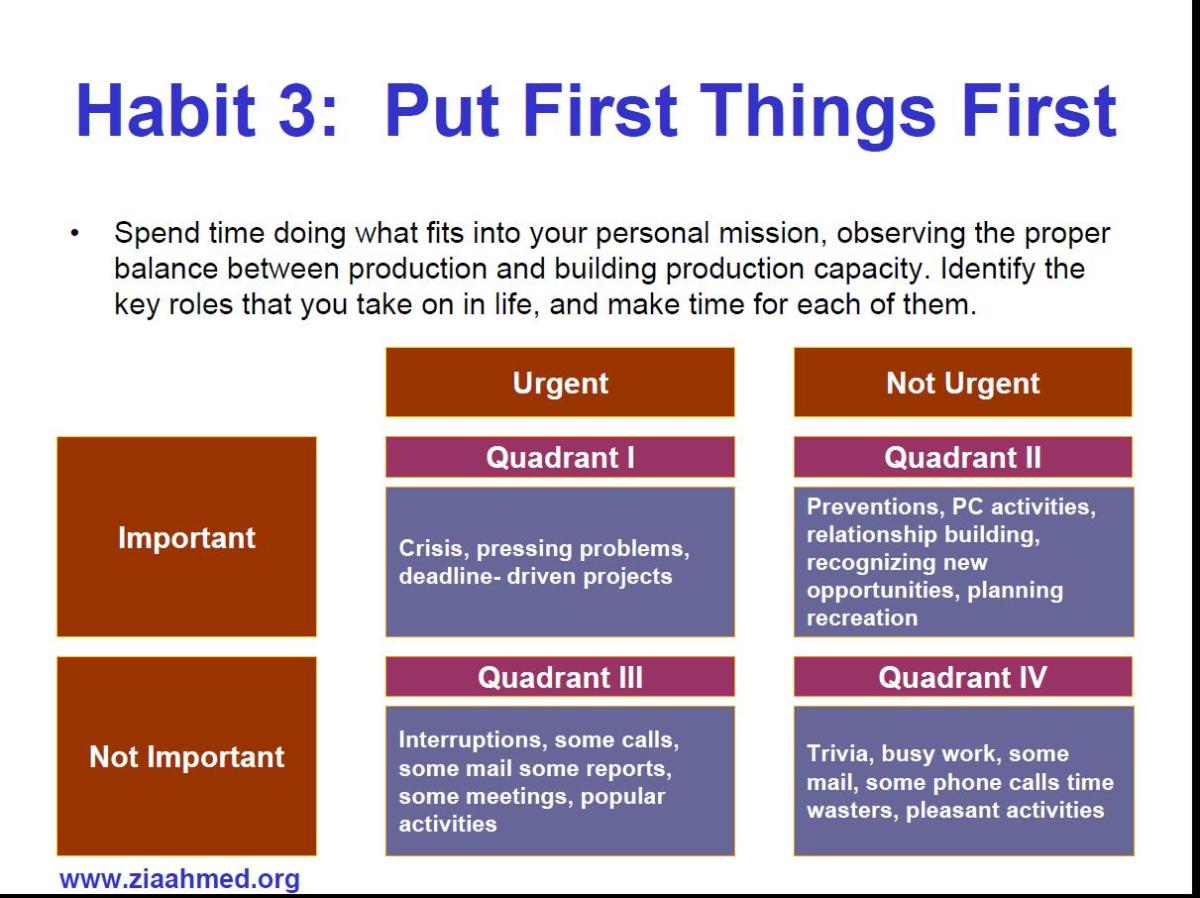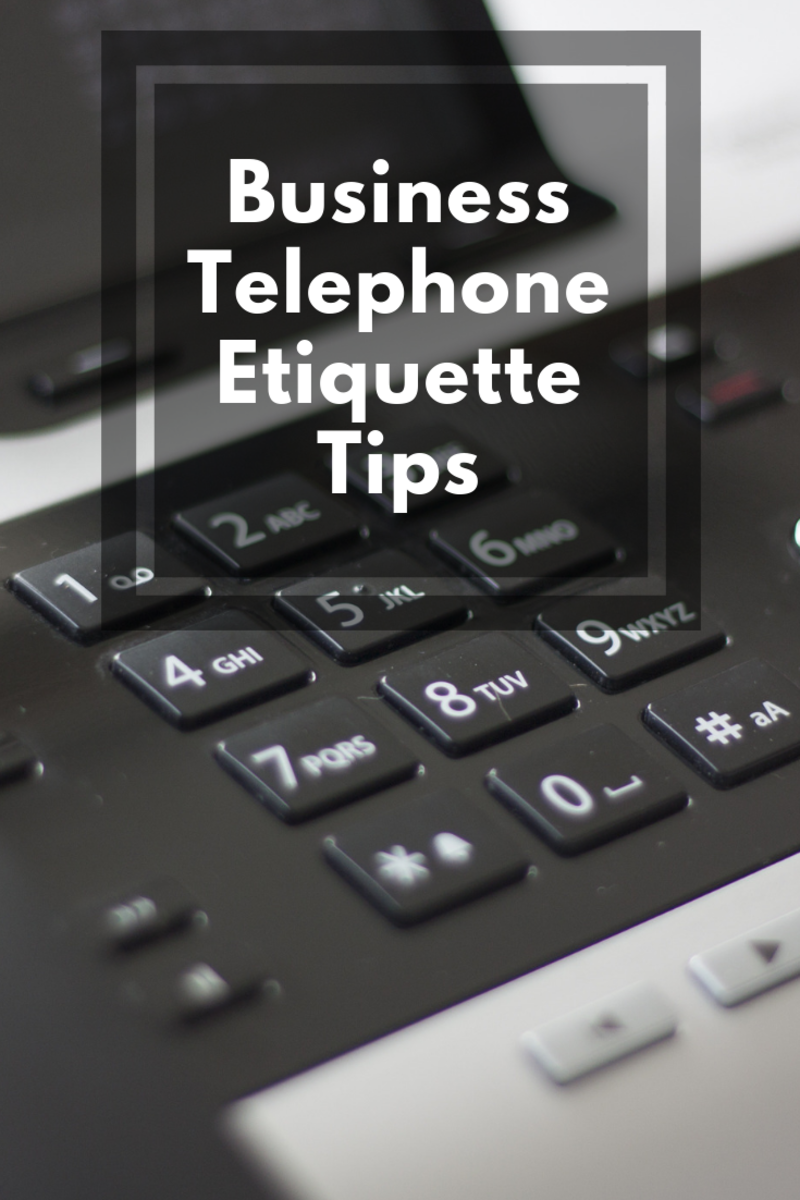How to Resolve a Conflict at Work

You Are Going to Have Conflict at Work
There is no way you're going to avoid conflict with other people at work. At some point in time, there will be conflict with co-workers, managers, superiors or vendors - it is going to happen.
When it does happen, it is important that you ask the right question. Don't ask why conflict is happening. The better question is:
What can I do now to learn how to resolve conflict at work so that it doesn't happen again?
Emotions May Fuel Conflict
We have all seen conflict arise in the workplace. Any place where people are involved as a group, conflict will be there. Think about it - in a group of just two people, there are different goals, needs, aspirations and expectations. Imagine what it's like for 10, 100 or 1,000 different people.
Add to that the sometimes intense emotional feelings that are attached and you've got the perfect storm for developing conflict. Handled improperly, conflict at work can turn ugly and cause substantial damage in a very short period of time.
.
Conflict at Work Can Be a Good Thing
Over the last 40 years, I have worked for many companies both large and small in positions ranging from entry level worker to management over a department to president of my own company. I'll give you the best piece of advice anyone has ever given me in the workplace.
Are you ready for this astounding revelation? Here it is - conflict is not a bad thing. Think about that for a minute.
When there is conflict, it communicates that there is a problem that needs to be addressed. In that sense, conflict is a good thing, a tool that when handled properly, can help all parties involved. When conflict is resolved effectively, it can lead to both professional and personal growth for all parties involved. A successful conflict resolution can lead to a positive outcome. So, if you want to know how to resolve conflict at work, read on…
.
________________________________________________________________
My Best Advice on How to Resolve Conflict at Work
.
• Address the Real Problem
Many times, people in conflict are hesitant to bring up a problem, let alone discuss it in a meeting or with the other people who may be a part of or a source of conflict. Successful conflict resolution means all parties involved should feel comfortable and safe when bringing problems and concerns to the table.
Don't waste time on peripheral issues, get to the source of the conflict and begin working toward a resolution right away.
.
• Remain Calm, Stay in Control
As a former manager and company owner, this is probably the best advice I can give you. The person who retains control of themselves most often ends up in a better position than those who may lose control, get angry, shout, etc. Before you go into a conflict resolution, steady yourself and whatever happens, stay calm.
In a conflict resolution negotiation between a senior-level manager of mine, myself, and a division vice president, the manager actually jumped up from her chair in a fit of uncontrolled rage and came at me. When she got close to me, she positioned her face just inches from mine and proceeded to yell at me. I was resigned to remain calm, I never moved, never showed the slightest hint of expression in my face.
When she was finished, I merely looked at the division vice president and continued presenting my case. Guess who came out of that conflict resolution in control and smelling like a rose?
.
• Watch Your Posture
This is goes along with the previous point about staying calm and in control. It's actually very important because the way you sit, stand or carry yourself telegraphs what is really going on in your head and speaks louder than anything you might say.
For example, a person with crossed arms and a closed posture is typically not going to be very open-minded.
.
• Listen Attentively
As a manager/owner, this has always been a sticking point of mine over the years. Listening seems to be a rare commodity with most people these days. Many folks just want to tell you what's on their mind and are just thinking of what they're going to say while you are talking to them.
Listen - really listen to what someone is telling you and conflict resolution becomes much, much easier.
.
• Express Interest
It is possible to let someone know that what they have to say is important to you while also disagreeing with them. In successful conflict resolution, both parties must listen carefully and really try to see things from another's perspective.
Listen, consider and repeat the other person's ideas back to them. This tells others that you hear and understand their position. In any conflict you must find and establish common ground first, then begin to work through disagreements.
.
• Know Where You Want to End Up Before You Begin
You would never go on a long road trip without knowing your destination, right? Conflict resolution is no different. Before you begin any conflict resolution, make a detailed list of the problem or conflict as you see it.
Then make a list of possible solutions to address these problems and facilitate change. Never go into a conflict resolution if you do not know where you want to end up. The best destination is a place where both parties can have some or most of what they need.
.
• Maintain Flexibility
Conflict resolution by definition means that all parties must give something in order to get something. This is part of the conflict resolution process. Determine what you want, what items are negotiable and what items are not negotiable.
Giving in on the negotiable things sends a clear message that you are reasonable and willing to work through the problem and find a resolution. The message you want to send to all parties involved in a conflict is that everyone is going to leave the meeting with something they wanted.
.
• Communicate With Management if Necessary
I always disliked the prospect of taking a conflict to HR or upper management. I am a strong believer that people can work with one another and should try to work things out one-on-one. Involving a third party should only be used as a last resort.
Of all the people I have employed over the years, the people that gave me the most trouble were the "whiners" that came to management first before even trying to work out a solution. From a manager/owner standpoint, that is a huge waste of time.
However, there are times when it is appropriate to involve management. For example, when a conflict may involve illegal activities or activities that put people or a company at risk, management needs to be involved from the start. If people have tried to resolve conflicts on their own and conflict is still present, then it may be time to get management involved.
.
• Walk a Mile in Their Shoes
This is my last piece of advice on how to resolve conflict at work. There are some people with whom it is just going to be difficult to work. When you have an issue with these individuals, sometimes it helps to try and understand what is motivating their behavior. Get a good grip on what is really happening in their situation and then change the way in which you work with them.
For example, a person may be experiencing problems at home with their children or spouse. Setting aside some time at lunch or during a break to lend a listening ear may help you understand why they act like they do. It may also help you adjust how you interact with them on a daily basis. Sometimes, just being available to listen will go a long way to resolving conflict.
.
________________________________________________________________
More Information on How to Resolve Conflict at Work Can be Found at These Websites...
- Conflict Resolution - Resolving conflict rationally and effectively
Conflict will always be present in a workplace and it's important to seek resolution not just to contain the issues and forget about them.With a conflict resolution process based on respect for individual interests and interpersonal relationships, th - Workplace Conflict Resolution
Discover 10 ways to manage employee conflict and improve office communication, the workplace environment and team productivity. - 7 Tips for Resolving Conflicts Quickly and Peacefully
These 7 strategies will help when dealing with difficult people. Learn how to resolve conflicts quickly and peacefully. - Conflict Resolution at Work For Dummies
If you need help understanding the basic fundamental of conflict resolution, this is the place to start.
________________________________________________________________
.
A Funny, But Unrealistic Approach to Resolving Conflict in the Workplace (Contains Mildly Inappropriate Language)
Wouldn't it be Nice IF...
In the above video, which are clips from a TV commercial for an athletic equipment company, Terry Tate handles all the problems and conflicts at this fictional office. Sure, it would be nice to think about how Mr. Tate could "fix" all the problem people at work. Fact is, conflict resolution is better for everyone - and it doesn't cause any serious office-related injuries.
________________________________________________________________








